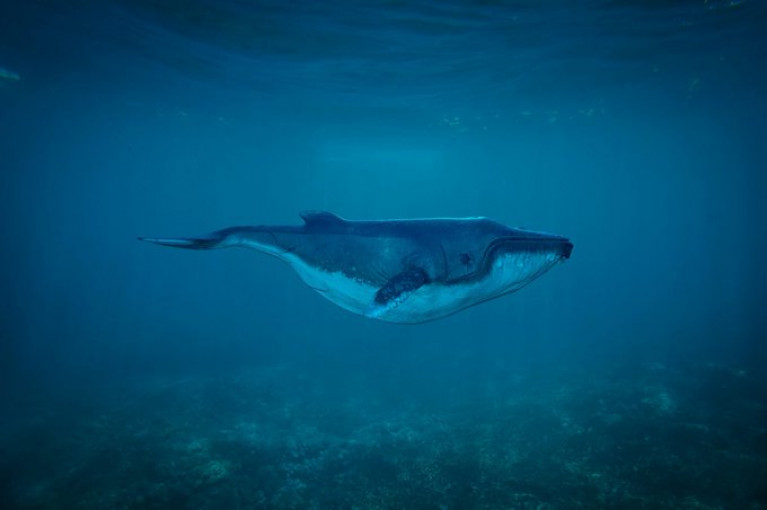Displaying items by tag: Whale Life
The body of a 44-foot long endangered sei whale was found on the bow of a cruise ship as it approached New York last weekend.
As CBS news reports, the carcass was discovered as the ship neared the Brooklyn Cruise Terminal.
The relevant authorities were “immediately notified,” according to the cruise ship owners, MSC Cruises.
The whale was impaled on the MSC Meraviglia, which docked at Brooklyn before sailing to ports in New England and Canada.
The carcass was taken to Sandy Hook, New Jersey for a necropsy.
The Atlantic Marine Conservation Society said that tests showed evidence of tissue trauma in the area of the whale's right shoulder blade and a fractured right flipper.
Its gastrointestinal tract was "full of food”, while samples of its organs will undergo toxicology reviews and analyses to identify any potential tissue diseases.
Robert A DiGiovanni, Atlantic Marine Conservation Society chief scientist, said it looked like the animal was alive when it was hit by the ship.
The society has responded to over 100 whale deaths in recent years, through entanglement in nets or collisions with vessels. The majority are humpback and north Atlantic whales, and a sei whale is unusual, the society said.
Sei whales are baleen whales. The filter feeders prefer deeper offshore waters.
Read the CBS News report here
Around Our Coast ‘Everything is Changing’ – Whale Life
The skeleton of a Wexford blue whale (82ft long) named Hope has supplanted ‘Dippy’, the much loved Diplodocus, as the main attraction at Hintz Hall in the National History Museum in London, reports The Green News.ie
“Look at the whale!” exclaim the children pointing upward, their small bodies further miniaturised as they pass beneath Hope’s colossal ribcage, comprised of 32 ribs and once housing a 500-pound beating heart.
One gets the impression their wonder and excitement is well matched by the sheer scale of Hope herself, her majesty, as well as the efforts taken by the museum staff to put her together – installing the largest living creature on Earth, bone by bone, in an act as deliberate as it was precise.
By replacing Dippy, a replica dinosaur, for something real, Hope’s keepers have inspired wonder for all wild creatures that exist today in an increasingly hostile world, with our whales all too often caught in the crosshairs.
Everything is changing
At the Irish Whale and Dolphin Group’s annual meeting held in Dublin last December, the phrase “everything is changing” summed up Ireland’s whale activity. While Sightings Officer Pádraig Whooley reported the huge potential for whale science in Ireland, the “flurry of sightings” in 2019 gives cause for concern. Times are changing, he said.
For much more click this link.
























































